Big cats have captivated human imagination for centuries, featuring prominently in mythology, folklore, and literature. These magnificent creatures are symbols of power, elegance, mystery, and danger. In literature, big cats have been portrayed in various ways, embodying different cultural values, fears, and aspirations. This article delves into how big cats have been represented in literature, exploring their symbolic meaning and the roles they play in narratives across cultures and times.
Symbolism of Big Cats in Literature
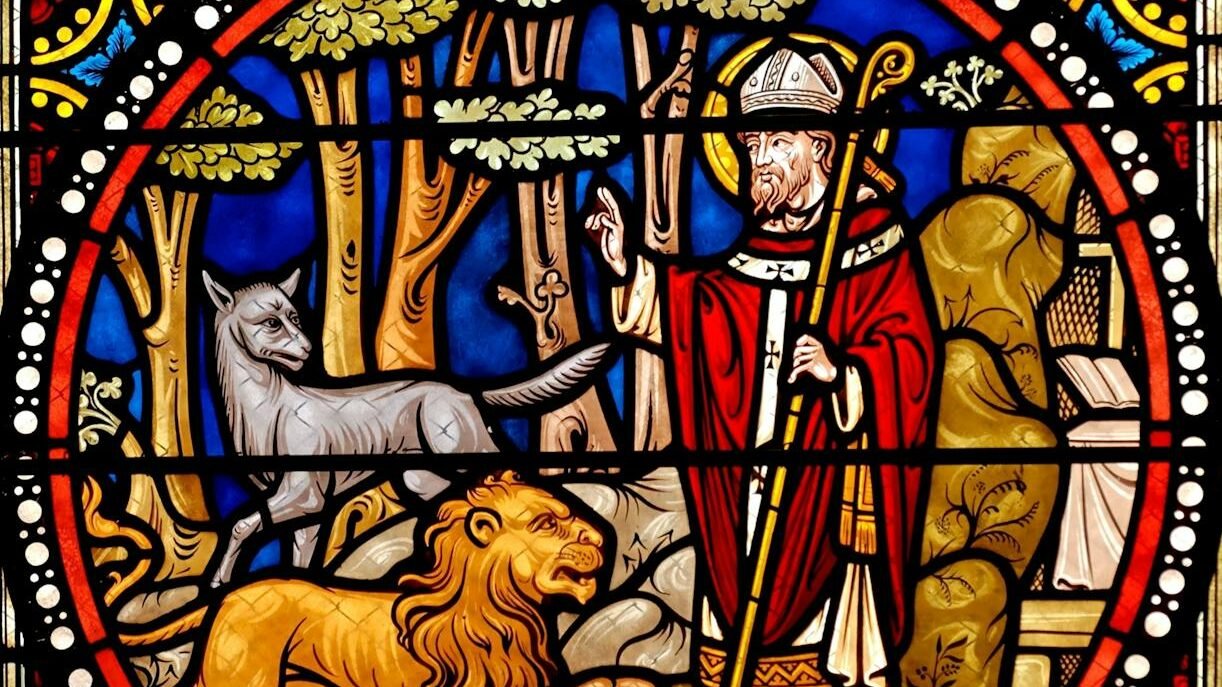
Big cats are often laden with symbolism in literature. They are frequently associated with strength, grace, and ferocity. Lions, for instance, are frequently depicted as regal and noble creatures, symbolizing courage and authority. This symbolic representation can be seen in “The Lion, the Witch and the Wardrobe” by C.S. Lewis, where Aslan the lion represents Christ-like wisdom and benevolent leadership.
The Majestic Lion: King of Literature
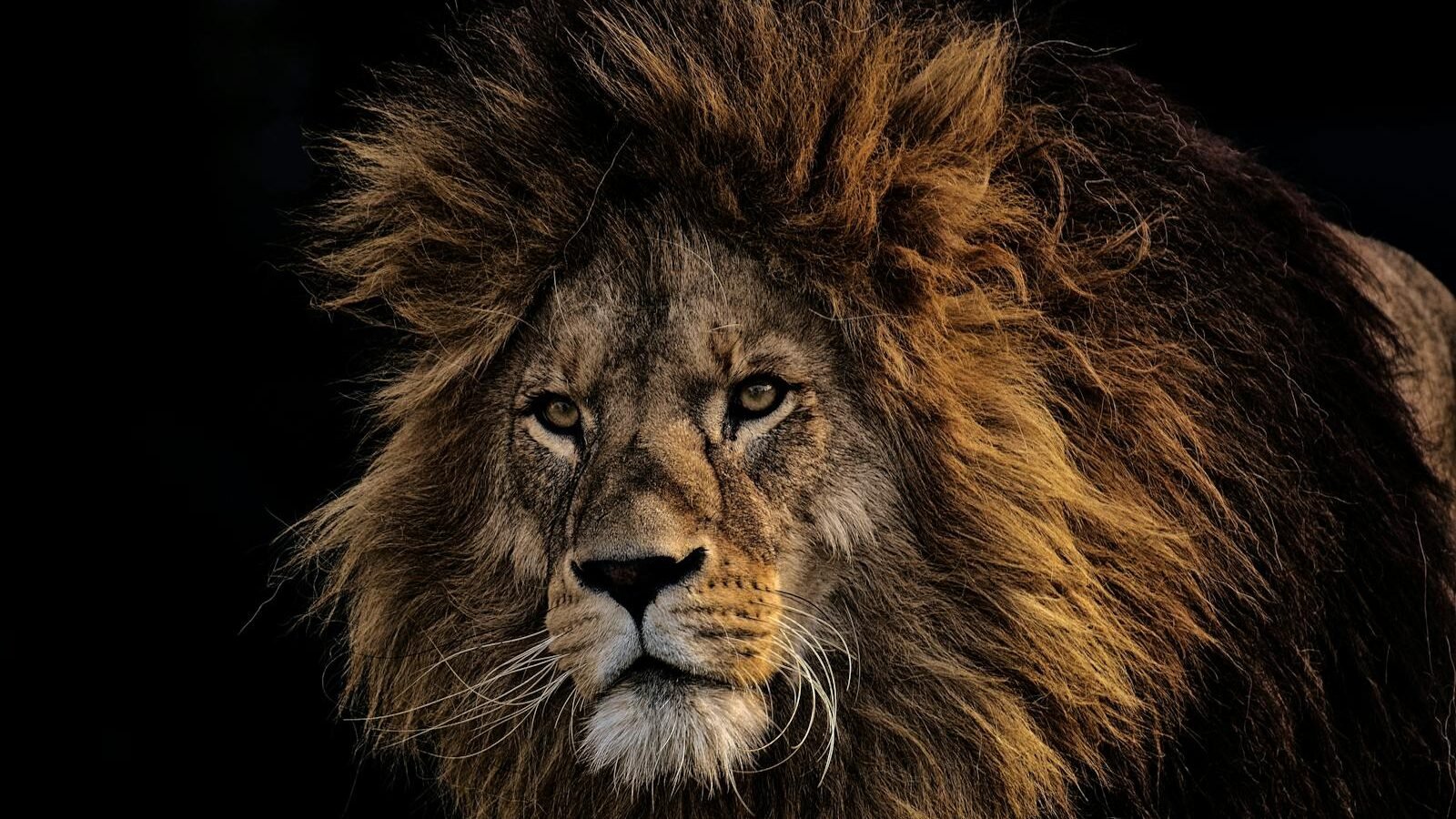
Photo by Alexas Fotos via Pexels
Lions hold a prominent place in literature due to their status as the ‘king of the jungle.’ They have been featured in ancient texts like the Bible and “Aesop’s Fables,” where they often serve as arbiters of justice or wise leaders. The lion’s portrayal as a powerful but just ruler reinforces humanity’s fascination and reverence for these majestic creatures.
Tigers in Literature: The Embodiment of Mystery and Solitude

Tigers are often portrayed as elusive and mysterious creatures, embodying solitude and independence. In William Blake’s poem “The Tyger,” the tiger symbolizes formidable power and unbridled energy, stirring questions about creation and the sublime. Tigers’ portrayal often reflects the inner conflict between civilization and untamed nature.
Leopards and Leopards: Symbols of Stealth and Surprise
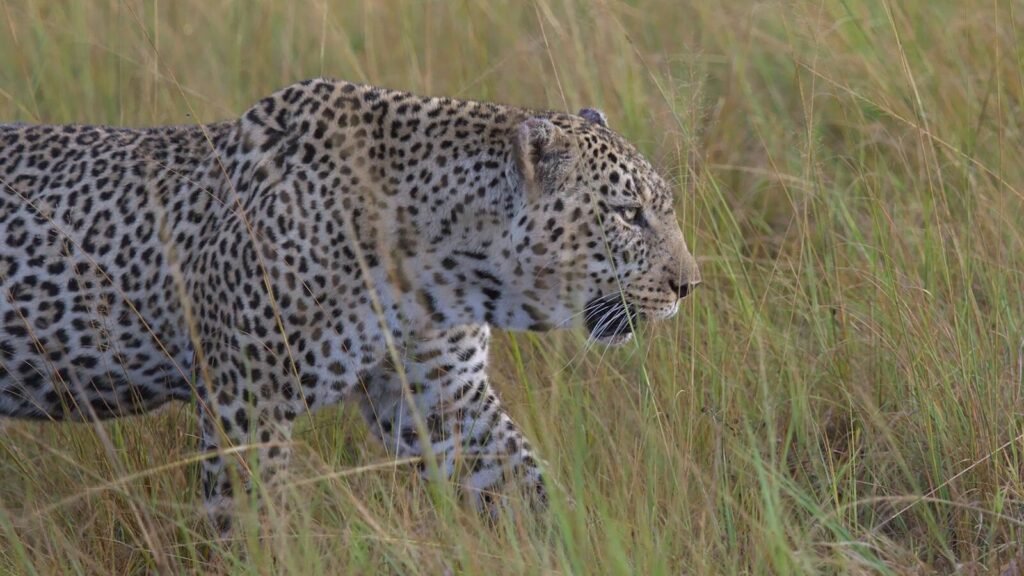
Leopards, known for their stealth and adaptability, appear in literature as creatures of intrigue and surprise. In Hemingway’s “The Snows of Kilimanjaro,” the leopard symbolizes the eternal quest for achievement and the mystery of life. Leopards are portrayed as cunning hunters, adept at navigating diverse terrains, metaphorically representing adaptability and resilience.
Cheetahs in Literature: Swift and Ephemeral
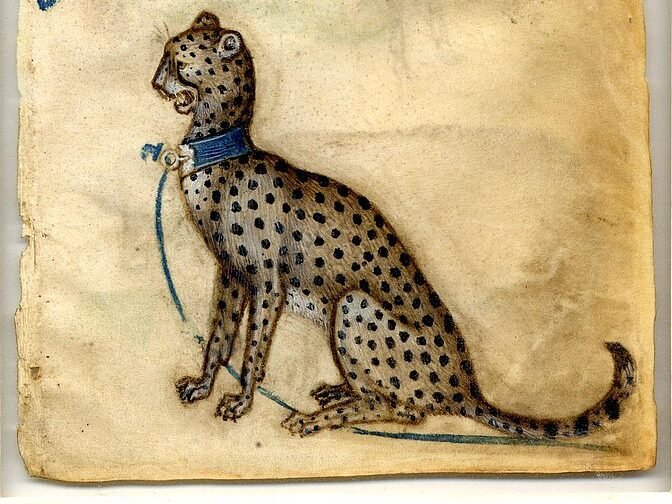
Cheetahs, known for their incredible speed, are often used in literature to convey swiftness and transience. They symbolize the fleeting nature of life and beauty, underlined by their portrayal as vulnerable yet graceful animals. In some narratives, cheetahs echo themes of both relentless pursuit and the fragility of existence.
Pumas and Cougars: Ambiguity and Wilderness

Pumas and cougars, often interchangeable in literature, embody wilderness and the untamed spirit of nature. Their presence in stories emphasizes the allure of the frontier and the complexities of human interaction with the wild. Their characteristics often highlight tension between human encroachment and natural habitats.
Literary Big Cats and Human Identity
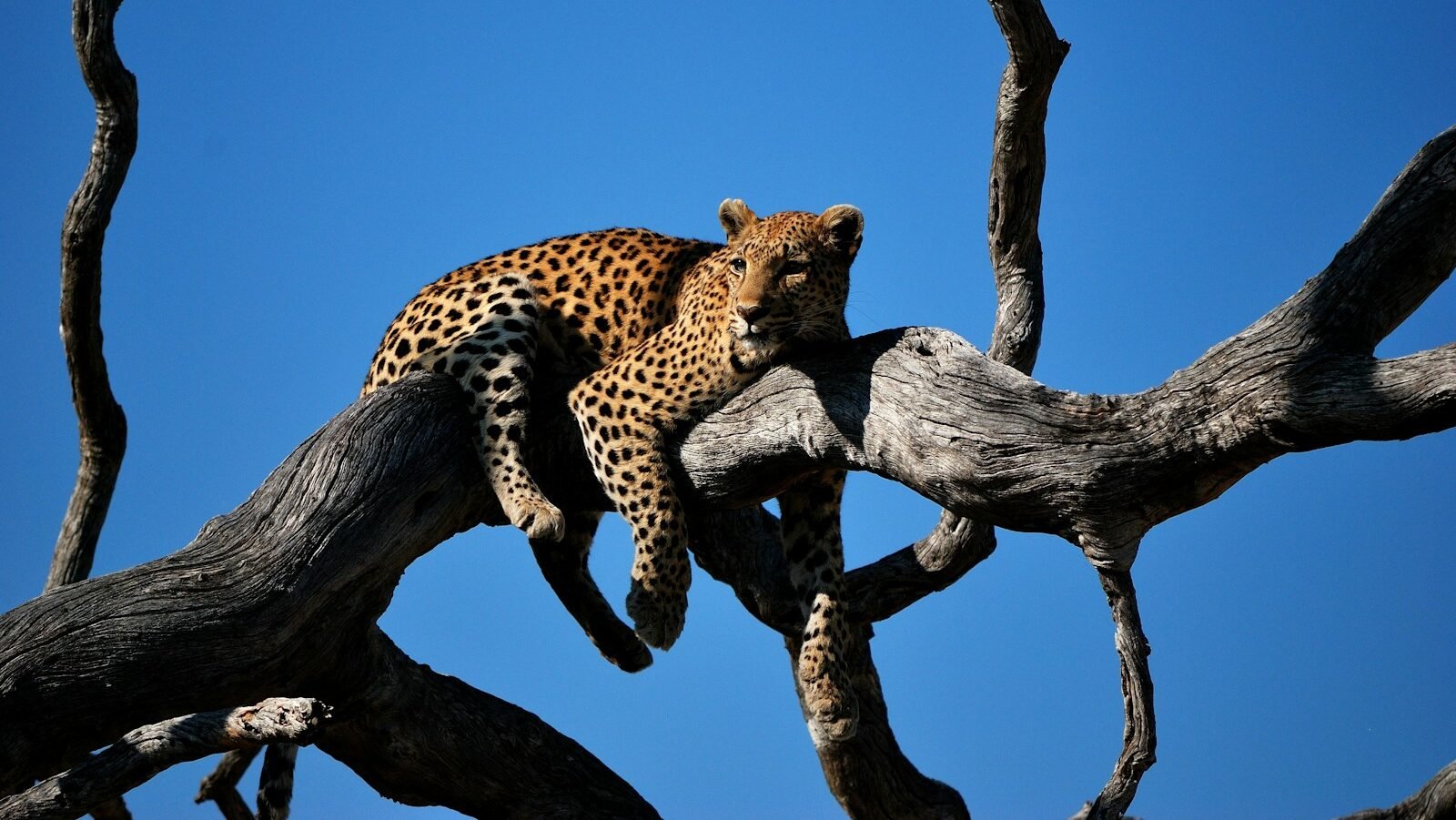
Big cats frequently serve as mirrors of human identity and societal values. They embody traits humans admire or fear, such as power, independence, and mystery. In many narratives, interactions between humans and big cats symbolize inner struggles, ethical dilemmas, and the quest for self-discovery.
Big Cats in Modern Literatures
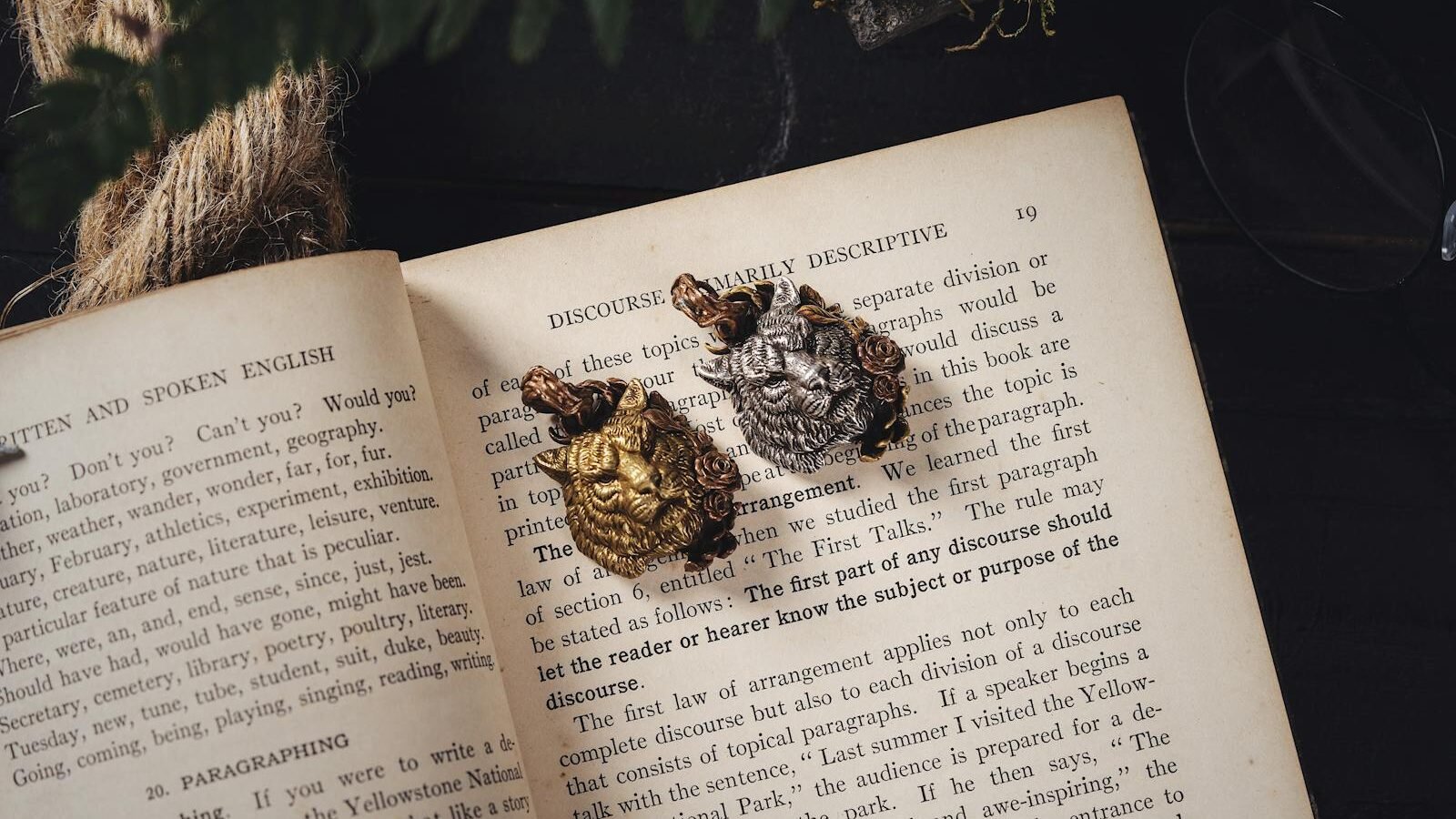
Modern literature often uses big cats as symbols to discuss contemporary issues such as conservation, environmentalism, and identity. Yann Martel’s “Life of Pi” features a Bengal tiger named Richard Parker, symbolizing the protagonist’s survival instincts and the human relationship with nature. Modern portrayals also emphasize the urgent need for conservation efforts to protect these species.
The Cultural Impact of Literary Big Cats
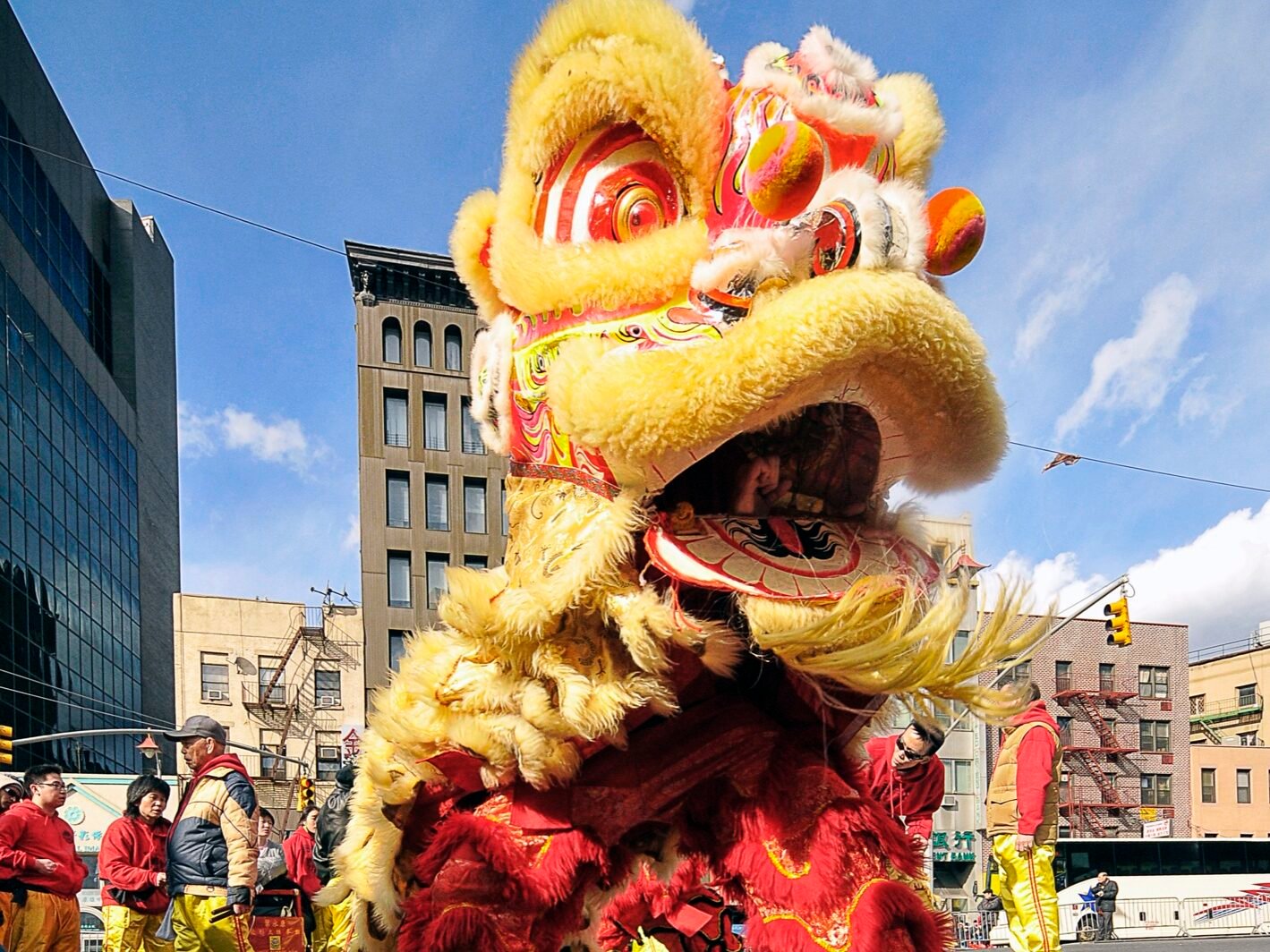
Big cats in literature have a significant cultural impact, shaping perceptions of these animals across societies. Their portrayals influence how audiences perceive real-world issues like wildlife conservation. Literature’s ability to evoke empathy through its depiction of big cats aids in raising awareness about the ecological challenges these magnificent creatures face.
Conclusion
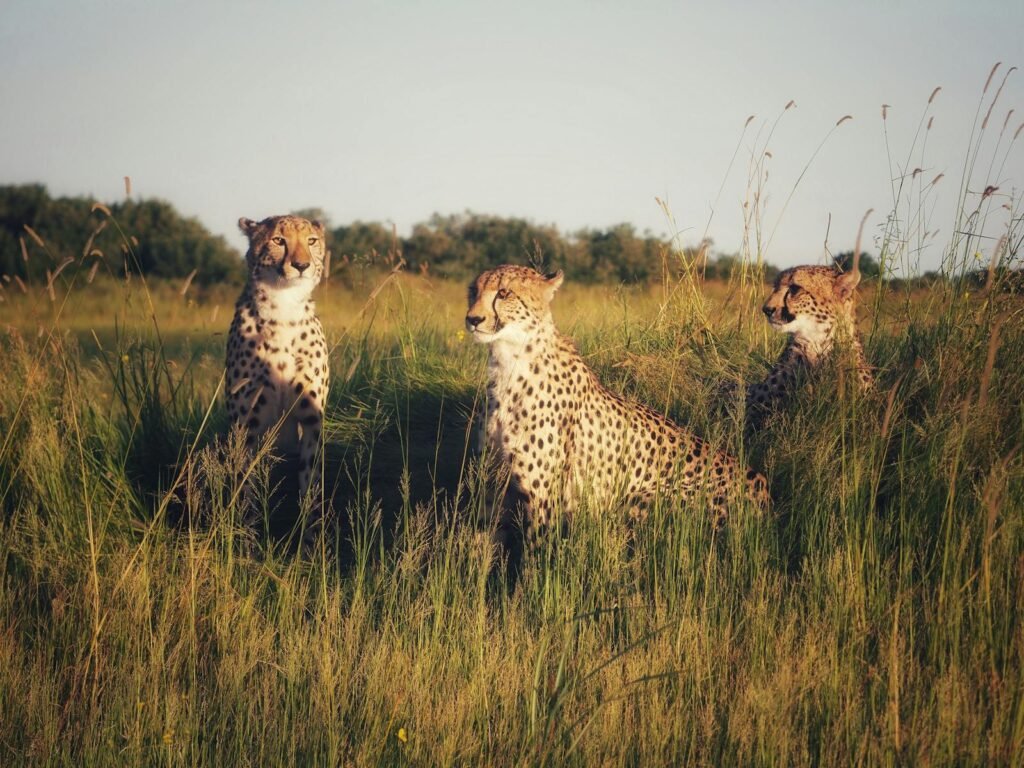
Through centuries, big cats have prowled through the pages of literature, leaving a profound impact on storytelling traditions across the world. They continue to be powerful symbols, invoking themes of strength, freedom, and mystery. By understanding how literature shapes our views of these iconic animals, we gain insights into cultural values, human psychology, and our intricate relationship with nature. As we look forward, the role of big cats in literature will continue to evolve, reflecting humanity’s changing relationship with the natural world.

With over a decade of experience as a dedicated cat lover and enthusiast, I specialize in writing captivating content about all things feline. My expertise shines through in creating engaging and informative pieces that resonate with fellow cat lovers. As a proud cat parent to my beloved Duston, my personal connection to the world of cats adds authenticity and warmth to my work, making it relatable and heartfelt.






